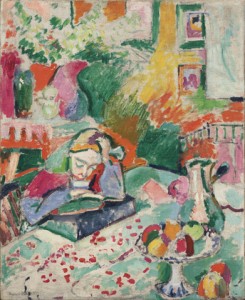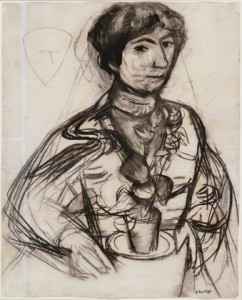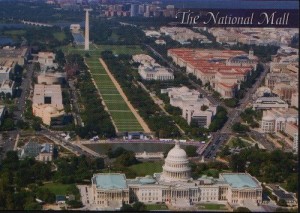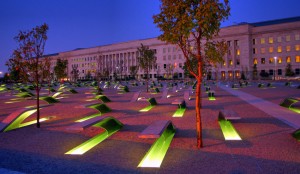By Howard Clemens

Washington D.C. is full of historical and cultural and sights for student travel groups. Getting slightly outside of the city can be just as exciting as touring the streets of D.C. The National Harbor is the newest destination for student trips to Washington D.C. Visit the Harbor for a day of waterfront fun and – take a spin on some adult sized circus rides such as the Capital Wheel and The Carousel. After intense touring of Washington D.C., students groups can relax for an afternoon and/or an evening on the shores of the Potomac River. Dining, entertainment, shopping and cruising are the main activities to be enjoyed here.
National Harbor Expansion Includes MGM Casino and Resort
National Harbor is located on the shores of the Potomac River in Prince George’s County, Maryland near the Woodrow Wilson Bridge. Here, visitors have panoramic views of Downtown Washington D.C. Currently, MGM is building a world-class casino/resort at National Harbor, which should attract enormous crowds. Student travel groups will have many other choices in entertainment, more appropriate for their age group.
Take a Ride on the Capital Wheel – the 180 Feet Wonder
For student groups headed to the National Harbor, a ride on the Capital Wheel will be the first on the list of activities for the day. The Capital Wheel rises 180 feet above the Potomac River and offers splendid views of the D.C. skyline. Students can also ride the whimsical Carousel. While walking around, groups may stop and watch the Jumbotron – a large screen outdoor display – where popular shows, entertainment and sports are broadcast.
Shop at Tanger Outlets & Have Some Lunch
Dining and shopping opportunities at National Harbor are numerous. The Tanger Outlets have over 85 name brand stores located there. So, trip leaders may want to allow time for a couple of free hours for shopping, before or after lunch at one of the many restaurants. National Harbor has a wide choice of restaurants, from burgers and prime steak and seafood to Baja fresh Mexican food, Italian, Pan Asian and much more. Ben and Jerry’s or Goodies Frozen Custard and Treats are great places to stop for dessert.
Cruises on the Potomac Include Historic Sites
The marina at National Harbor provides different options for student travel groups. National Harbor has a boat rental area, where kayaks, canoes and stand up paddle boards can be rented by the hour or the day. Many student groups may not have the time or prior training needed to operate these type of watercraft on the Potomac. So I usually recommend a cruise on the Potomac River instead.
Students look forward to a cruise. Cruises include dinner and dancing to the contemporary music students enjoy. The Potomac River Cruise can be boarded at National Harbor, making for quite a full day and evening. For those who want to see Washington D.C. lit up at night, sightseeing cruises offer a great opportunity to view historic sites from the water, including the Washington Monument and Mount Vernon Cruises.
Pre-Planning is Key to Fitting it All in When Student Travel Groups Visit National Harbor
There is so much to see and do at National Harbor it is almost overwhelming. In order to maintain oversight of the student group, it’s best to focus on different activities for set periods of time – such as cruising or riding the Capital Wheel and Carousel. Pre-trip planning is essential to fitting in dining, entertainment and shopping opportunities for large student groups spending the day at the Harbor. Be sure to have an educational travel expert help develop a travel itinerary for National Harbor to get the most out of a visit. For more information on student trips to Washington D.C., request a quote.








